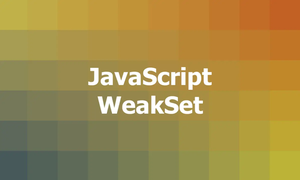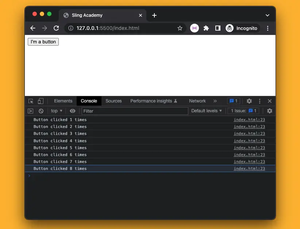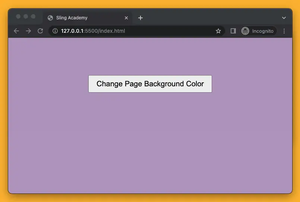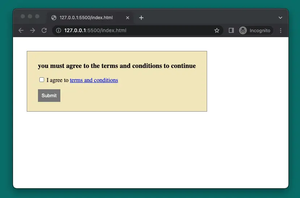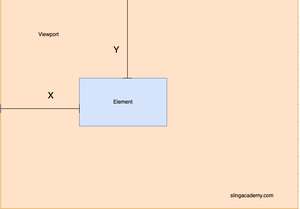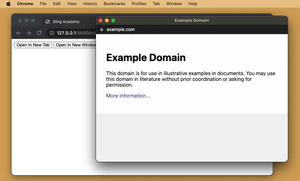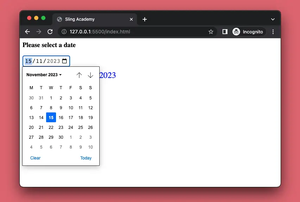Logging is an essential part of development in JavaScript. It helps developers understand the flow of the program, detect bugs, and optimize performance. The Console API in JavaScript provides powerful functions that allow developers to customize their logging workflows extensively. Learning how to utilize these functions effectively can greatly enhance debugging efficiency and code reliability.
Understanding the Basics of Console Logging
The most familiar member of the Console API is console.log(), which is extensively used for debugging purposes. While this is adequate for simple logging, JavaScript's Console API offers much more. Here’s a basic example of using console.log():
console.log('Hello, world!');While log is the simplest and most commonly used method, we have several other options available, including console.error(), console.warn(), console.info(), and console.debug(). Each serves a purpose, allowing different log levels to be used. Here's how you might use them:
console.error('This is an error message');
console.warn('This is a warning message');
console.info('Just an information message');
console.debug('Debugging details here');Advanced Console API Features
Console Assertions
You can use console.assert() to display messages only if a specified condition is falsy. This is useful for bug detection and ensuring certain assumptions about the code are held:
console.assert(userAge > 18, 'User is not an adult.');Grouping Console Messages
To organize logs logically, you can group them using console.group() and console.groupEnd(). Additionally, console.groupCollapsed() can be used to collapse the log group by default:
console.group('User Details');
console.log('Name: John Doe');
console.log('Role: Administrator');
console.groupEnd();Time Tracking
Measure execution time of code using console.time() and console.timeEnd(). It's an efficient way to benchmark functions or processes:
console.time('ProcessTime');
// Simulating process
setTimeout(() => {
console.timeEnd('ProcessTime');
}, 5000);Styling Console Messages
Enhance console message visibility by using CSS styles within logs, brought by the support of %c directive in console.log():
console.log('%cThis is a styled log!', 'color: blue; font-size: 16px;');This becomes particularly handy to highlight certain messages in a cluttered console view.
Debugging Practices Using the Console API
Beyond simple logs, the Console API can contribute significantly to thorough debugging. For instance, employing console.trace() can be beneficial in tracing function calls which precede an error:
function func1() {
func2();
}
function func2() {
console.trace('Tracing function calls');
}
func1();This logs the stack traces leading to the point where console.trace() is called, which is excellent for understanding the sequence of function invocations.
Conclusion
The Console API in JavaScript provides an extensive range of functions supporting varied logging demands from simple output to elaborate structured debugging information. Mastery of these functions enables developers to write code that is not only efficient but more understandable and easier to debug. Logging strategically using these features can save precious development time by quickly narrowing down issues and improving the overall quality of software development.

